
As coronavirus reared its ugly head in early 2020, toilet paper flew off the supermarket shelves in a hurricane of panic-buying. That led to a 6.6% rise in volumes, as reported in last year’s Top Products.
This year, stockpiling shoppers pushing trolleys piled high with loo rolls were hard to find. And yet toilet tissue’s unit sales haven’t declined at all. In fact, they’re completely flat – and brands are up by 1.6%.
There’s a simple reason for that. Despite the end of panic-buying, “there were continued higher sales, particularly in the first half of the year, because a lot of families were still in lockdown” and therefore using more paper at home, explains Matt Stone, marketing director for family care at Andrex owner Kimberly-Clark.
Since the end of our data period in early autumn, volumes have fallen as children returned to school, students to university and workers to offices, he adds.
Not all brands are facing the new downward trend from a position of strength, however. Category leader Andrex, for instance, is down 4.6% on volumes down 5.7%, while fellow top five brands Nicky and Petal Soft are both in double-digit value decline.
Many brands that won big during last year’s stockpiling frenzy were facing tough comparables, points out Holly Lyford, NielsenIQ senior analytics executive.
A drop-off in impulse sales was a big culprit behind the declines, she adds. “Despite driving only 7.9% of sales, impulse accounted for 56.6% of declines as shoppers returned to larger stores.”
Premium loo roll
Nevertheless, Kimberly-Clark’s Stone remains upbeat. Andrex “brought in well over a million-and-a-half people” over the past year, he points out. A return to growth will be driven by added value toilet paper – such as lotioned or triple-quilted, he believes.
“There has been a general trend towards home essentials and self care” resulting in shoppers seeking out affordable luxuries, Stone adds.
To serve that market, he points to the long-standing Andrex Classic Clean, which features a textured base sheet to deliver a more effective clean. Then there’s the revamped Supreme Quilts range and its proprietary Air Pocket texture to be gentle on the skin. Plus, the tissue’s now 25% thicker.
Persuading shoppers to spend more in loo roll is crucial because the market has almost 100% penetration, Stone says. Without premiumisation, “the only thing that happens is you become less profitable and the category becomes less valuable”. (It’s already down by £24.2m.)
Adding value is especially important for Andrex as its closest rivals – Cushelle and Velvet – gain share. Both Essity brands are in double-digit value growth, adding a combined £16.3m.
Cushelle’s success is down to demand for added value lines and continuing to “secure a leading share of voice in terms of advertising” with its Kenny the Koala mascot, says Essity marketing director Nicola Coronado, while its Velvet brand benefited from “a rapid increase in distribution points across a number of national retailers”.
Not all brands have been so lucky as Velvet in distribution, suggests Cheeky Panda co-founder Chris Forbes. “Retailers have been sitting on their hands because of Covid,” he says. “There’s been very little range work.”
For Cheeky Panda, however, that meant it hung on to listings won in 2020 when larger suppliers struggled with availability. As such, it has grown its toilet roll volumes by 56.4% – albeit from a small base. In facial tissues, meanwhile, the eco-friendly brand has seen a 12.6% fall in unit sales (though average price rises have kept it comfortably in the black).
Cheeky Panda is not the only one that’s struggled to shift extra packs of facial tissues. Brands’ volumes are down 20.8% as Covid restrictions and mask wearing have greatly slowed the spread of common colds.
“We’ve had one of the worst cold and flu seasons in living memory from a category perspective,” says Stone. “We’ve not seen that level of decline as far back as we’ve been tracking data.” The sector is down by £36.1m, with Kimberly-Clark’s leading Kleenex brand having lost £19.0m on volumes down 18.5%.
There have been signs of a recovery, however. “In the last few months, we have seen the category really picking up and growing, with the highest levels of demand for autumn months in a very long time,” Stone adds.
The brands that benefit the most will likely be those with sound sustainability credentials – not just in facial tissues but across the larger paper products market, suggests NielsenIQ’s Lyford. Sustainability continues to make noise in toilet and facial tissues, she says. “As supply issues ease and shoppers look to purchase the product they want, rather than the only brand available, expect a move towards more sustainable choices.”
So, whether that’s Cheeky Panda’s bamboo-based kitchen towel, Cushelle’s paper-packaged loo rolls or Andrex’s ‘Fine to Flush’-certified washlets, it’s an opportunity for suppliers to clean up.
Top Launch 2021
Feel Good | WEPA UK

Own-label paper goods maker WEPA UK unveiled its first-ever brand in April: Feel Good. It’s eco-friendly toilet tissue made from only “the highest-grade recycled paper, including waste office paper, magazines and even retail catalogues” says the supplier. It’s “naturally soft” and “designed to meet the needs of today’s environmentally conscious consumer”. Each pack of nine rolls (rsp: £4.45) is wrapped in recyclable paper with the strapline ‘Kind to the planet & gentle on your bottom’.
Topics
The Grocer’s Top Products Survey 2021: who’s up, who’s down – and our overview of the key trends

Covid, Brexit costs and shortages in labour and material have caused chaos in grocery this year. Which sectors are best placed to deal with the inflationary storm on the horizon in 2022?
- 1
- 2
- 3
- 4
- 5
- 6
- 7
- 8
- 9
- 10
- 11
- 12
- 13
- 14
- 15
- 16
- 17
- 18
- 19
- 20
- 21
- 22
- 23
- 24
- 25
 Currently
reading
Currently
reading
Household – paper products 2021: no change for loo roll volume sales
- 27
- 28
- 29
- 30
- 31
- 32
- 33
- 34
- 35
- 36
- 37
- 38
- 39
- 40
- 41
- 42
- 43
- 44
- 45
- 46
- 47
- 48
- 49








































































































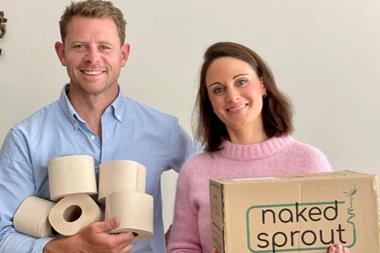


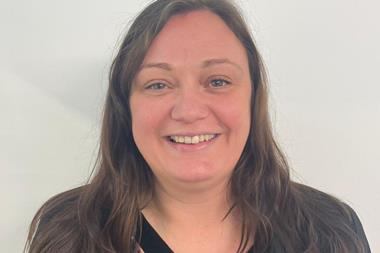
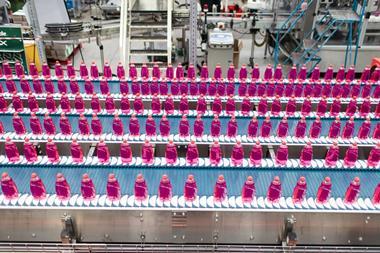
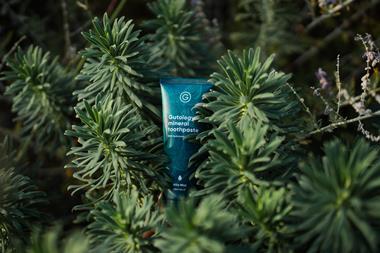
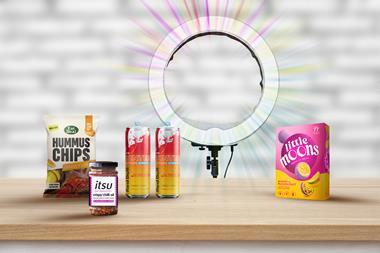





No comments yet